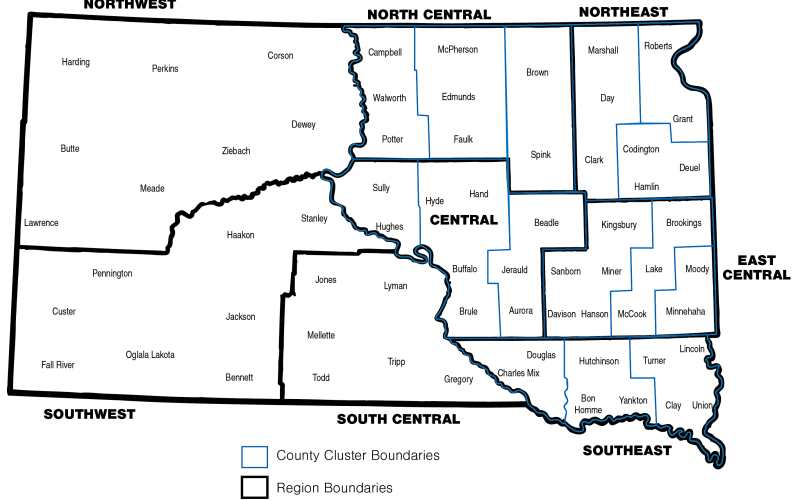With temperatures rising, the snow will begin to melt. The higher amounts of snow this year will increase the chance of flooding and the potential water damage to homes and residential properties. Now is the time to consider purchasing a flood insurance policy. Home insurance policies do not typically cover flood damage. As reported by the National Flood Insurance Program, over 20% of flood claims are from properties that are located outside of high-risk flood zones. Damage from just one inch of water can cost over $20,000.
There are three types of damage water can cause to your home and property. The first is sewer and sump pump failures. A typical Homeowner’s policy does not cover this type of damage. For coverage, add a Sewer and Drain Back-up Endorsement to the policy.
Groundwater seepage, caused by structural issues, is the second type of water damage. Also not covered by a Homeowner’s policy.
Rising and/or surface water is the third type of water damage. Flood insurance will cover this type of damage. Your property insurance provider will sell National Flood Insurance Policies. Policy premiums are determined by the following:
- Year of building construction
- Building occupancy
- Number of floors
- Location of its contents
- Flood risk
- Location of the lowest floor in relation to the Base Flood Elevation on the flood map
- Deductible and amount of building and contents coverage
To find out where your property is located in relation to a flood plain, visit the FEMA Flood Map Service Center.
Flood insurance has two types of coverage, structural only and structural and content. Structural covers damage to the structure of the building and items necessary for the structure such as water heater and furnace. Basements can only have structural coverage. Upper levels of the home can be covered by the structure and content coverage. Content includes personal items, finishes, drywall, trims, etc. Flood insurance policies need to be in effect for 30 days before a claim can be made.
What can you do to reduce flood/water damage to your home?
- Check your sump pump. If the pump has not been running during the winter months, test by pouring water into the pit. Consider having a back-up portable sump pump ready to use.
- Move valuable items, such as photo albums, personal videotapes, tax records, and insurance policies, to higher locations. If possible, make copies and store in another location.
- Reduce flooding from drains by plugging basement floor drains. This includes toilet, shower and washing machine drains.
- Raise up any appliances that are located in the lower level of the house. The goal is to keep the motors above the water level. Additionally, shut off appliances at the fuse box or breaker panel to reduce the risk of electrocution.
- Move hazardous materials, such as paint, oil, cleaning supplies or other dangerous materials, to higher locations.
Resources:


